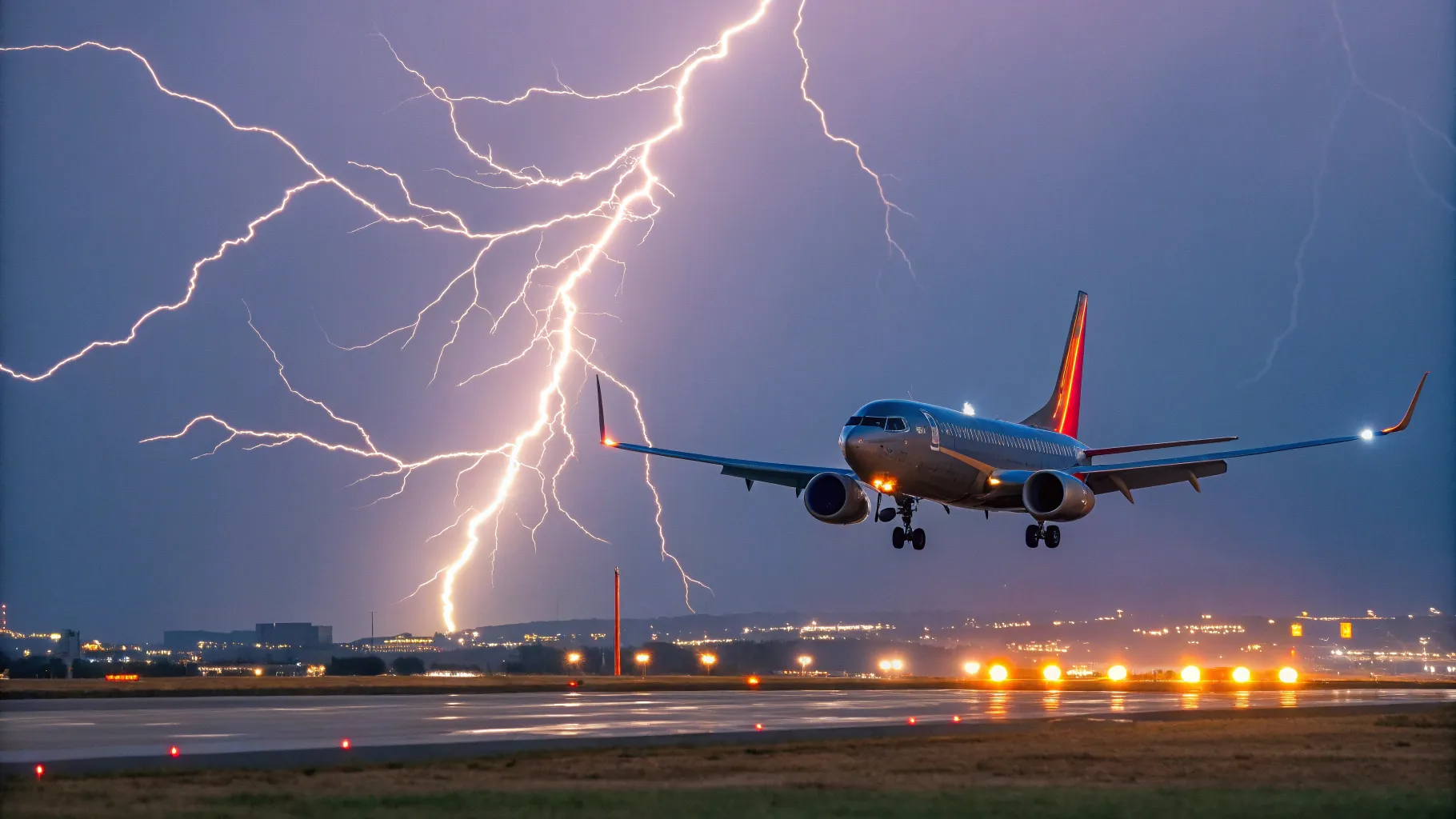
Security experts are sounding the alarm over the increasing prevalence of artificially intelligent video generation technology. As these tools become more sophisticated and widely available, concerns about their potential misuse continue to grow among technology professionals, lawmakers, and media literacy advocates.
The warning comes amid a surge in deepfakes and other synthetic media that can convincingly mimic real people saying or doing things they never did. This technology has advanced rapidly in recent years, making detection increasingly difficult for the average viewer.
The Growing Sophistication of AI Video Technology
AI-generated videos have evolved from obvious fakes to nearly indistinguishable replicas of authentic content. Modern systems can now map facial expressions, replicate voices, and generate realistic backgrounds with minimal input from users.
The technology uses deep learning algorithms that analyze thousands of images and videos to understand how humans move, speak, and interact. This allows the systems to create realistic simulations that can fool even careful observers.
Recent examples have shown AI-generated videos of politicians making inflammatory statements, celebrities appearing in content without their consent, and ordinary people being placed in compromising situations. The quality of these fakes has improved dramatically, making them harder to identify without specialized tools.
Potential Threats and Misuse
Security researchers highlight several concerning applications of this technology:
- Disinformation campaigns that could influence elections or public opinion
- Identity theft and fraud using synthetic video identities
- Harassment through non-consensual synthetic media
- Corporate sabotage through fake videos of executives
“The barrier to creating convincing fake videos is lower than ever,” notes one cybersecurity analyst. “What once required a studio and significant technical expertise can now be accomplished with consumer-grade hardware and publicly available software.”
Law enforcement agencies report an uptick in cases involving AI-generated videos used in scams, with criminals creating fake video calls that appear to show trusted individuals requesting money transfers or sensitive information.
Detection and Prevention Measures
As AI-generated videos become more common, efforts to detect them have intensified. Research teams at major universities and technology companies are developing tools that can identify subtle inconsistencies in synthetic media.
These detection systems look for telltale signs such as unnatural blinking patterns, inconsistent lighting, or audio-visual synchronization issues. However, experts caution that detection technology often lags behind generation capabilities.
“It’s a constant arms race between those creating these videos and those trying to identify them,” explains a digital forensics specialist. “As detection methods improve, so do the generation techniques.”
Media literacy experts recommend several strategies for the public:
- Verify information through multiple sources before sharing
- Be skeptical of emotionally charged or surprising videos, especially during sensitive periods like elections
- Check official channels to confirm statements attributed to public figures
Lawmakers in several countries have begun introducing legislation to address synthetic media, including requirements for disclosure when AI is used to create content and penalties for malicious applications.
As this technology continues to advance, experts emphasize the importance of developing both technical and social solutions to mitigate potential harm while allowing for beneficial uses of the technology in fields like entertainment, education, and accessibility.










Howie Jones
My name is Howie and I'm a Customer Success Manager at Calendar. I like to ensure our customers get the best experience using our product. If you have questions email me howie at calendar.com